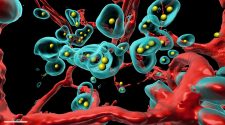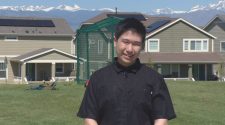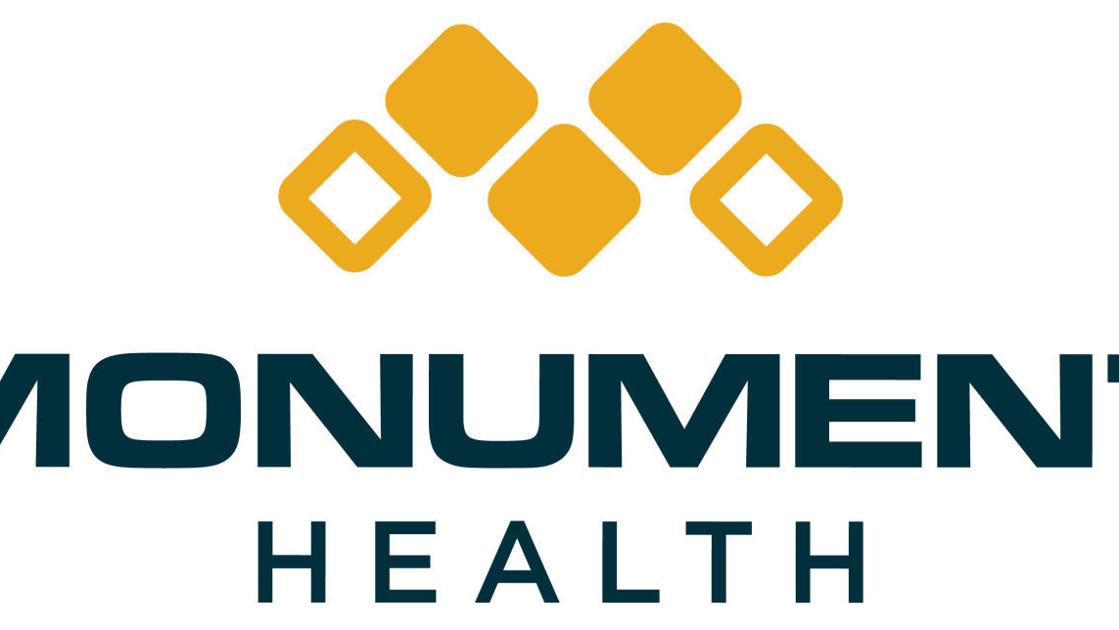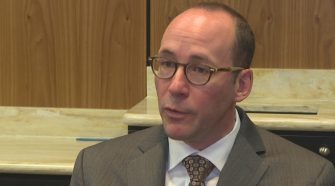Regional Health, the largest health-care system in the Black Hills area, announced today that it will rename itself Monument Health and join the Mayo Clinic Care Network.
Both changes will occur in January.
The collaboration with Mayo is not a merger. Regional Health, under its new Monument Health name, will continue as its own health system.
“We plan to remain independent,” said Regional Health’s president and CEO, Paulette Davidson. “We like making decisions about this health-care system locally, because we know what our communities need.”
But, as part of the Mayo Clinic Care Network, Monument Health will be granted special access to Mayo Clinic’s physicians and expertise.
For example, Monument Health providers will be able to consult electronically with Mayo specialists on mysterious patient symptoms and second opinions. Monument Health physicians will also have access to voluminous amounts of medical information compiled and vetted by Mayo.
David Hayes, medical director of the Mayo Clinic Care Network, described the network this way in a Regional Health news release: “Patients experience the confidence of being able to access Mayo’s medical expertise through their trusted local doctor, with the comfort and convenience of staying close to home.”
Monument Health will pay a subscription fee to be part of the Mayo Clinic Care Network, but Monument Health spokespeople declined to disclose the amount.
Monument Health will be the first South Dakota member of the Mayor Clinic Care Network. The network includes approximately 40 other members across the nation and the world.
The name change from Regional Health to Monument Health was selected with the help of a Texas naming agency called Namestormers. Possible names were whittled down from a long original list.
Davidson said Regional Health’s board had been talking about a potential name change for more than a decade and recently conducted research that reflected poorly on the “Regional” name.
“What we found is that the ‘Regional’ name really didn’t create a meaning for people,” Davidson said.
After recent changes in the hospital’s leadership and progress on several construction projects, Davidson said, the board finally decided the time was right.
Davidson said the new name was chosen because it connotes a sense of permanence and lasting impact. It also inspires thoughts of area monuments and monument-like attractions, such as Mount Rushmore and Crazy Horse.
“It’s a bit of a tribute to where we live,” Davidson said.
Regional Health — soon to be Monument Health — serves 20 communities in western South Dakota and eastern Wyoming with 4,500 physicians and caregivers, five hospitals, eight specialty and surgical centers, and 40 medical clinics and health-care service centers. All of the system’s locations will incorporate Monument Health into their name.
Rapid City’s hospital has borne the “Regional” name since the 1970s, when St. John’s McNamara and Bennett-Clarkson hospitals combined their operations.

















